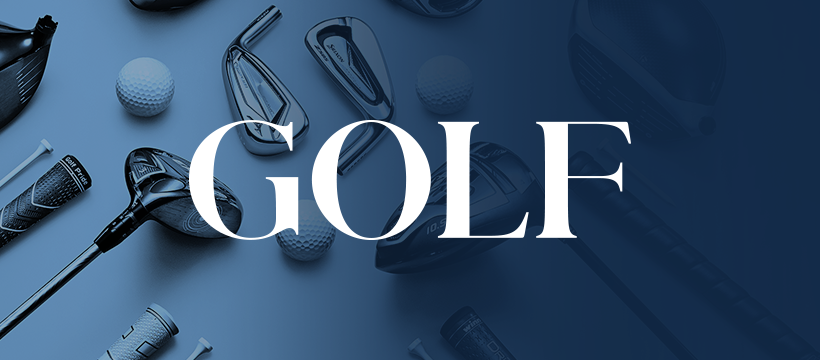Medical Device Innovation and Regulatory Compliance

# Medical Device Innovation and Regulatory Compliance
## The Intersection of Innovation and Regulation
The medical device industry stands at a fascinating crossroads where cutting-edge innovation meets stringent regulatory requirements. As technology advances at an unprecedented pace, manufacturers face the dual challenge of developing revolutionary healthcare solutions while ensuring full compliance with evolving global regulations.
## The Driving Forces Behind Medical Device Innovation
Several key factors are propelling innovation in the medical device sector:
– Aging global populations increasing demand for healthcare solutions
– Rising prevalence of chronic diseases requiring advanced treatment options
– Technological breakthroughs in materials science, AI, and miniaturization
– Growing patient expectations for personalized, less invasive treatments
– Healthcare cost pressures driving demand for more efficient solutions
## Understanding the Regulatory Landscape
Regulatory compliance remains one of the most complex aspects of medical device development. Major regulatory frameworks include:
### FDA Regulations (United States)
The U.S. Food and Drug Administration classifies medical devices into three categories based on risk:
– Class I (low risk) – Simple devices like bandages
– Class II (moderate risk) – Devices like infusion pumps
– Class III (high risk) – Life-sustaining devices like pacemakers
### EU Medical Device Regulation (MDR)
The European Union’s Medical Device Regulation (2017/745) introduced stricter requirements for:
– Clinical evidence and post-market surveillance
– Unique Device Identification (UDI) system
– Enhanced transparency through the EUDAMED database
## Balancing Speed to Market with Compliance
Medical device companies must navigate the delicate balance between rapid innovation and thorough regulatory compliance. Strategies for achieving this balance include:
– Implementing quality management systems (QMS) early in development
– Conducting thorough risk assessments throughout the product lifecycle
– Engaging with regulatory authorities during development (e.g., FDA’s Q-Submission program)
– Leveraging regulatory intelligence tools to stay current with changing requirements
## Emerging Technologies and Regulatory Challenges
New technologies present unique regulatory considerations:
Keyword: Medical Devices
### Artificial Intelligence/Machine Learning
AI/ML-enabled devices raise questions about:
– Algorithm transparency and explainability
– Continuous learning systems and post-market modifications
– Data quality and bias in training datasets
### Digital Health Technologies
Wearables and connected devices introduce challenges regarding:
– Cybersecurity and data privacy
– Software as a Medical Device (SaMD) classification
– Interoperability standards
## The Future of Medical Device Regulation
As the industry evolves, we can expect to see:
– Increased harmonization of global regulatory standards
– Greater emphasis on real-world evidence in regulatory decisions
– More flexible regulatory pathways for breakthrough technologies
– Enhanced focus on post-market surveillance and lifecycle management
Successful medical device companies will be those that view regulatory compliance not as a barrier, but as an integral part of the innovation process that ultimately leads to safer, more effective products for patients worldwide.
